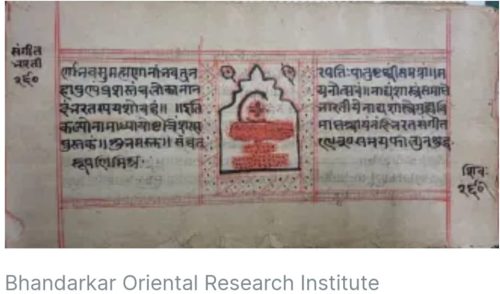19th April 2025 – Two of India’s literary gems, Shrimad Bhagavad Gita and Bharatmuni’s Natyashastra, have made it to the UNESCO’s Memory of the World Register.
This global initiative by the UN agency has been founded to facilitate preservation of the world’s documentary heritage, particularly in areas affected by conflict and/or natural disaster, enable universal access to documentary heritage worldwide and enhance public awareness about the significant of documentary heritage among the wider public.
This year UNESCO added 74 new items of documentary heritage to their list.
Bharatmuni’s Natyashastra
Preserved at the Bhandarkar Oriental Research Institute and codified around the 2nd century B.C., the Nāṭyaśāstra of Bharatamuni is an epitome of the Nāṭyaveda, an oral body of knowledge of performing art containing 36,000 verses known as the Gāndharvaveda. The Nāṭyaśāstra embodies a comprehensive set of rules that define nāṭya (drama), abhinaya (performance), rasa (aesthetic experience), bhāva (emotion), saṅgīta (music), among others, thus articulating the character of Indian theatre, poetics, aesthetics, dance and music. Bharatamuni makes a groundbreaking statement in Nāṭyaśāstra, asserting that ‘no meaning can blossom forth without rasa’, a profound contribution to world literature.
Bhagavad Gita
The Bhagavadgītā, containing 700 verses in 18 chapters, is embedded within the Bhīṣmaparva (adhyāya 23-40) of the epic Mahābhārata. It takes the form of a dialogue between Kṛṣṇa and Arjuna with armies lined up for the great war intended to free Arjuna of dejection (viṣāda). Bhagavadgītā is a central text in the continuous, cumulative ancient intellectual Indian tradition, synthesizing various thought movements such as, Vedic, Buddhist, Jain and Cārvāka. Due to its philosophical breadth and depth, the Bhagavadgītā has been read for centuries across the globe and translated into many languages.


